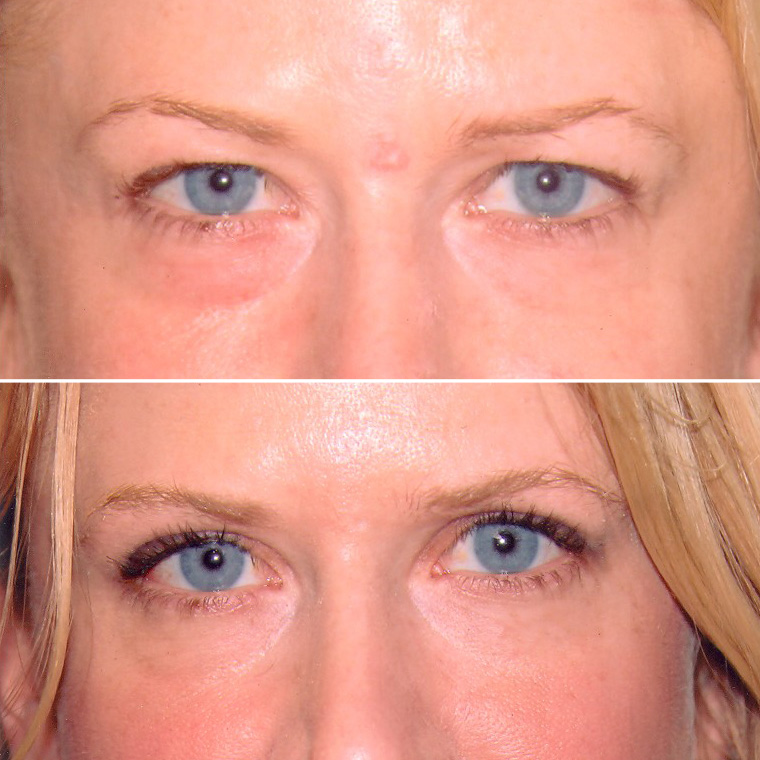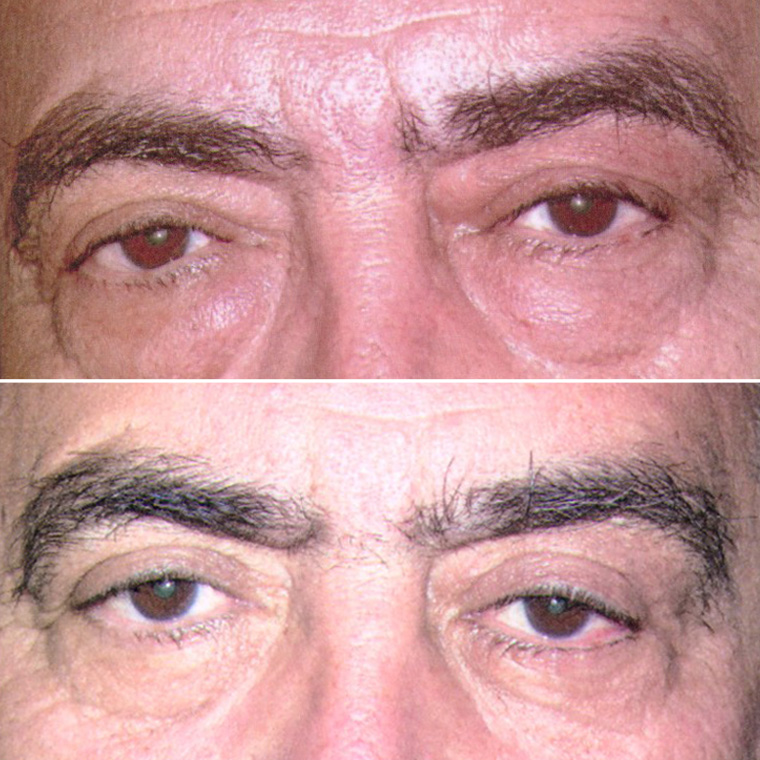The effects of aging are inevitable, and, often, the brow and forehead area show the first signs. The skin begins to lose its elasticity. Sun, wind, and the pull of gravity all affect the face, resulting in frown lines, wrinkling across the forehead, and an increasing heaviness of the eyebrows. Even people in their thirties may have faces that look older than their years. Your tired, angry, or sad expression may not reflect how you actually feel. As a result, many people have opted for a procedure known as the forehead lift. Based on variations in how men and women age and on new advances in medical technology, different methods are used to perform this procedure.
As with all elective surgery, good health and realistic expectations are prerequisites. When a surgeon tightens loose skin and removes the excess, forehead wrinkling and drooping brows are modified. The procedure is called a forehead lift or brow lift. If necessary, the surgeon removes part of the muscle that causes vertical frown lines between the brows. The result can be a smoother brow and a more youthful expression. To see what a forehead lift can do for your face, put your hands above your brows and outside the edges of your eyes and gently raise the skin upwards. Forehead lifts are an option if you have a sagging brow or deep furrows between the eyes. This procedure is usually done between age forty and sixty-five, although it may be necessary at an earlier age.
Incisions can be placed at the hairline, behind the hairline, or in some cases, above the brow or in the mid-forehead. Your surgeon can help you select the best technique suited to your particular situation.
The main difference among the various options for forehead lifting consists of the placement of the incision.
The original technique is the coronal incision, which is made slightly behind the natural hairline. An alternative is the pre-trichial incision. This is similar to the coronal incision except that the mid-portion of the incision is made directly at the hairline. This incision generally heals favorably and has the advantage of lowering the hairline. The disadvantage could be noticeable scarring. An option is to place the incision within the midforehead creases. This is primarily used in men with deep pre-existing forehead lines.
The newest apporach is endoscopic surgery. Several small one-half-inch to one-inch incisions are placed just behind the hairline. Althought this technique may require more surgery time, it is less invasive and results in a smaller chance of temporary scalp numbness.
This procedure takes between one to two hours to perform. It is most commonly performed under IV sedation or twilight anesthesia.
You will experience a certain amount of swelling and bruising in the 10-day period following surgery. In some patients, this condition may include the cheek and eye area as well as the forehead. You will be advised to keep your head elevated in order to reduce swelling. Cold compresses may further reduce swelling. As the incisions heal, you may experience some numbness as well as itching, both of which will diminish with time. The sutures are usually removed within seven to 10 days following surgery. If bandages have been used, they are removed in one to three days. It is important to follow the advice of your surgeon on resuming normal activities. For most patients, the recovery time will not exceed two weeks, but patients may still be advised to avoid strenuous activities for longer periods. Any prolonged bruising can be camouflaged with standard make-up techniques.
Not infrequently, a brow lift is combined with Blepharoplasty (an eyelid tuck) or face lift to provide a harmonious rejuvenation.




